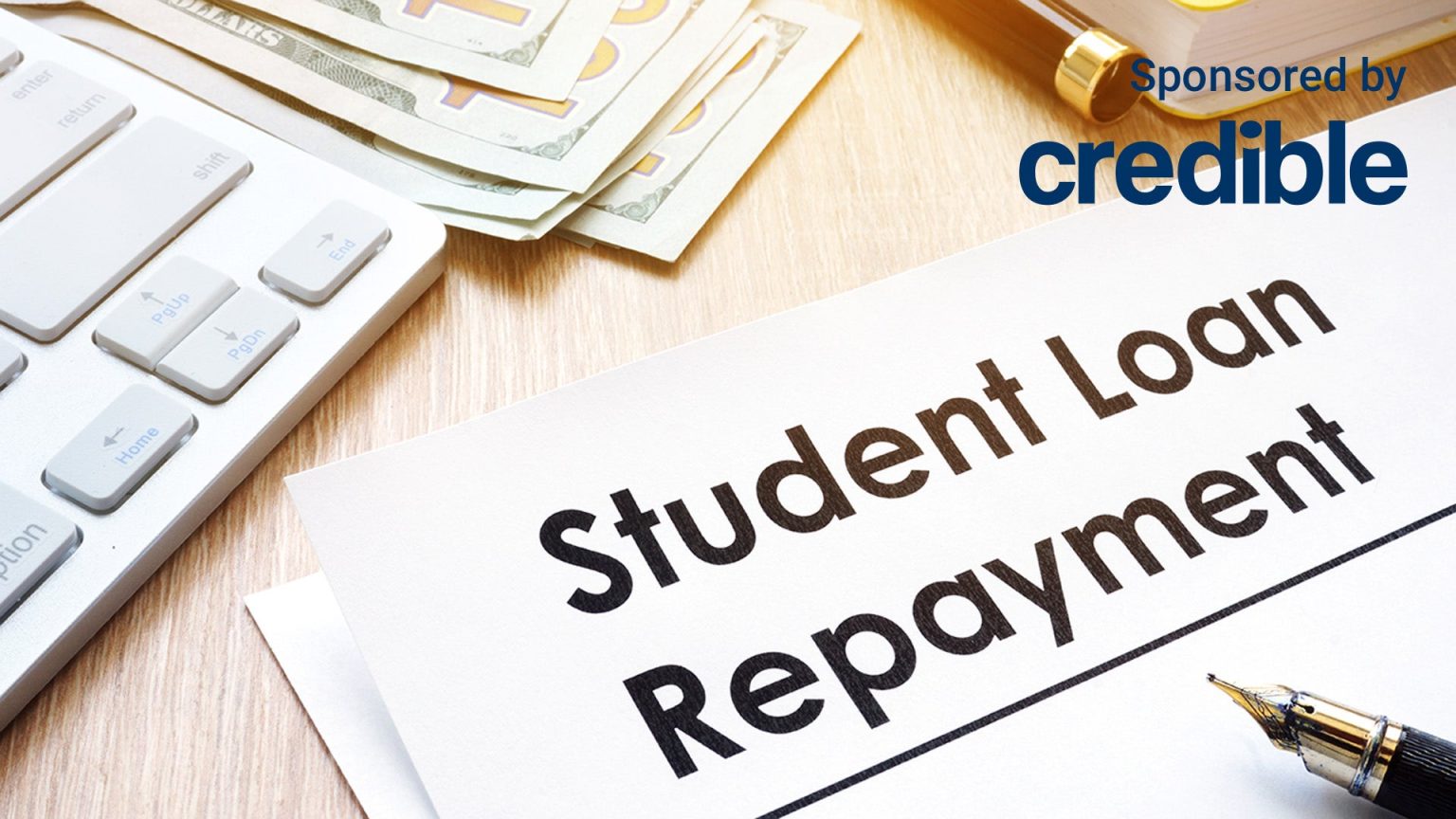A beta version of President Joe Biden’s recently announced income-driven repayment plan is now available, meaning borrowers can start enrolling in the Saving on a Valuable Education (SAVE) plan, the U.S. Department of Education announced.
The SAVE plan could lower borrowers’ monthly payments to zero dollars, reduce monthly costs in half and save those who make payments at least $1,000 a year, the White House said in a statement.
This new IDR plan was announced in the wake of the Supreme Court’s decision to strike down Biden’s student loan forgiveness plan. The plan would have canceled up to $10,000 in federal loans per borrower making less than $125,000 a year (couples making less than $250,000) and up to $20,000 per borrower for those who used Pell Grants in college, eliminating about $441 billion in outstanding student debt.
However, the SAVE plan could impact more Americans and is expected to reduce federal student loan repayment for many borrowers, including those in existing IDR plans and borrowers using the standard repayment option. Writing off the loans could cost $475 billion over the next 10 years, according to the University of Pennsylvania’s Penn Wharton budget model.
“We’re accepting applications now to help us refine our processes ahead of the official launch,” the Education Department said. “If you submit an IDR application now, it will be processed and will not need to be resubmitted. The application may be available on and off during this beta testing period. If the application is not available, try again later. You will receive an email confirmation after you have applied.”
Borrowers that had already applied for the previously announced REPAYE Plan will be automatically put on the SAVE Plan, the Education Department said.
If you have private student loans, you won’t benefit from SAVE or other government initiatives. You could consider reducing your monthly payments by refinancing your loans for a lower rate. Visit Credible to get your personalized rate in minutes.
MOST SENIORS REGRET RETIREMENT PLANNING DECISIONS, WANT DO-OVER: SURVEY
Some borrowers could see repayment drop to $0
Federal student loan payments are set to resume in October, but the Education Department said applications submitted this summer will be processed in time for borrowers’ first payment due date.
The SAVE Plan calculates the monthly payment amount based on a borrower’s income and family size, according to the Department of Education. That means that for those earning $32,800 a year or less, which translates to roughly $15 an hour, their monthly payment would drop to $0 immediately.
The program promises savings of at least $1,000 a year for borrowers earning above that threshold compared to other IDR plans.
By next summer, the SAVE Plan promises to reduce borrowers’ payments on undergraduate loans by half (reduced from 10% to 5% of income above 225% of the poverty line). Borrowers with undergraduate and graduate loans will pay a weighted average of between 5% and 10% of their income, calculated on their loans’ original principal balances.
Additionally, borrowers with an original balance of $12,000 or less will receive forgiveness of any remaining balance after making 10 years of payments, with the maximum repayment period before forgiveness rising by one year for every additional $1,000 borrowed.
If you hold private student loans, you won’t be enrolled in a federal income-driven repayment plan, but you could refinance your loans to a lower rate. Visit Credible to compare options from different lenders without affecting your credit score.
MAJORITY OF HOMEBUYERS SAY THEY HAVE REGRETS: SURVEY
Half of borrowers say they can’t afford payments
Half of student loan borrowers said they will not earn enough to make payments on their student loans when they resume in October, according to a recent survey by Life and My Finances.
The average student loan debt among the respondents was $26,733, with payments averaging $443 per month, but the median student loan payment is $250, according to the survey. The mean annual salary among them is $59,172.
However, while 50% said they can’t afford payments, only 6% are likely to default on the loans, the survey said. That’s because most borrowers who can’t afford payments on their salary alone still have a plan to pay the bills, which includes:
- Borrowing money from family and friends.
- Relying on a gift to wipe out their student loans entirely
- Pulling back or stopping retirement contributions
“If borrowers don’t pay their student loans, it’s probably one of the worst financial decisions a person can make,” The College Investor Founder Robert Farrington told Life and My Finances. “One thing borrowers need to know about federal loan collections is that the government has a lot of power to garnish your income if you are in default.
“After 270 days, any government payments are subject to offsets (garnishments),” Farrington continued. “This includes paychecks if you work for the government, tax refunds (they can take all of it), and even disability or Social Security payments.”
If you have private student loans, you could consider lowering your monthly payments by refinancing your loans to a lower rate. Visit Credible to speak with a personal loan expert and get your questions answered.
COST IS THE BIGGEST FACTOR BEHIND WHY A MAJORITY OF AMERICANS DELAY MEDICAL CARE: SURVEY
Have a finance-related question, but don’t know who to ask? Email The Credible Money Expert at moneyexpert@credible.com and your question might be answered by Credible in our Money Expert column.
Read the full article here



